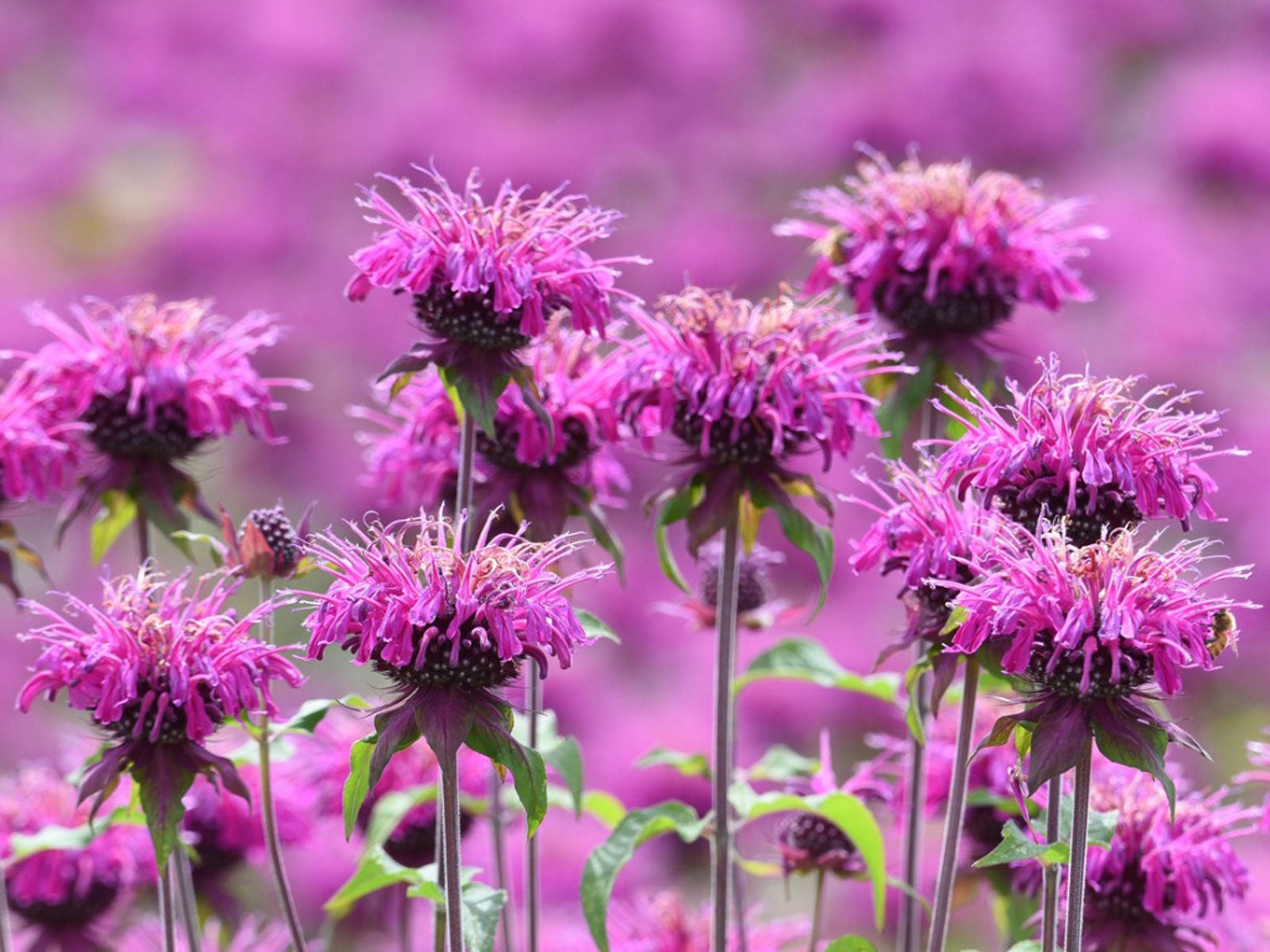Bee Balm Plant FAQs
1. What are the different types of bee balm plants?
There are several types of bee balm plants, each with unique characteristics:
Monarda didyma: This is the most common type, known for its bright red flowers.

2. How do I plant bee balm?
Bee balm is easy to plant. Here are the steps:
1. Choose a sunny location: Bee balm prefers full sun.
2. Prepare the soil: Ensure the soil is well-drained and rich in organic matter.
3. Space the plants: Plant bee balm seedlings or divisions about 18-24 inches apart.
4. Water regularly: Water the plants deeply after planting and keep the soil moist but not soggy.
3. How do I care for bee balm plants?
Bee balm is a low-maintenance plant, but it requires some basic care:
:strip_icc()/bee-balm-31ba3bb9-148c83250bf94cbfbdbc9708b222ef85.jpg)
Deadhead the flowers: Deadheading spent flowers will encourage the plant to produce more blooms.
4. What are the benefits of planting bee balm?
Planting bee balm offers several benefits:
Attracts pollinators: Bee balm is a magnet for bees, butterflies, and hummingbirds.
5. Can I use bee balm in culinary applications?
:strip_icc()/wild-bergamot-bee-balm-f5619f23-d3b0cc1c67604fb48b3f3f729b633af5.jpg)
Yes, bee balm can be used in culinary applications. The leaves and flowers can be added to teas, salads, and desserts for a refreshing flavor.
Conclusion
Bee balm is a versatile and beautiful plant that offers numerous benefits. Whether you’re looking to attract pollinators, provide food for wildlife, or add a touch of color to your garden, bee balm is an excellent choice. With proper care, bee balm plants can thrive for many years.


:strip_icc()/Norway-Spruce-Evergreen-Tree-48c81b7ef15d46bb8dc0989ab0fa5cc8.jpg?w=200&resize=200,112&ssl=1)



:max_bytes(150000):strip_icc()/english-boxwood-shrubs-2132072-hero-03-c9f674badbbb45128597f71cb35a71d7.jpg?w=200&resize=200,112&ssl=1)
